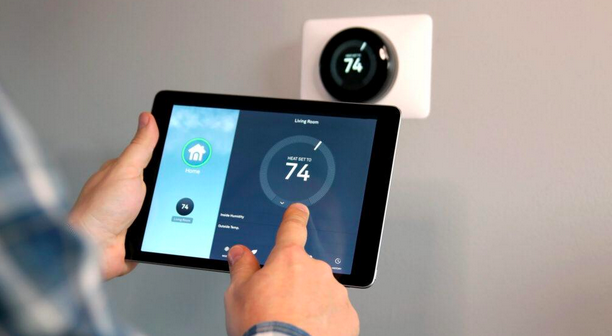Smart Home Automation Security Risks and How to Protect Your Devices
Smart home automation makes daily life easier by letting you control lights, locks, thermostats, and even appliances with a tap or voice command. However, like any connected technology, smart devices come with security risks. Hackers target vulnerabilities, and weak setups can put your privacy and safety at risk.

Common Security Risks of Smart Home Automation and How to Prevent Them
The good news is that with the right precautions, you can enjoy the convenience of smart home automation Sydney without sacrificing security.
Understanding the Risks of Smart Devices
The biggest risk with smart home automation lies in connectivity. Since devices rely on Wi-Fi and apps, they are exposed to potential cyberattacks. Hackers can attempt to access your network, control your gadgets, or steal personal data. In some cases, poorly secured devices have been used as entry points into larger networks, making the threat real for homeowners.
Weak Passwords and Default Settings
One common mistake people make is sticking with the default usernames and passwords that come with devices. Cybercriminals know these defaults and can easily exploit them. Weak or reused passwords make the job even easier. This means something as simple as your smart door lock or camera could be compromised if you don’t update login credentials.
Outdated Software and Firmware
Another security risk comes from outdated software. Manufacturers release updates to fix vulnerabilities, but many homeowners forget to install them. An unpatched device is like leaving your front door unlocked—it makes you an easy target. Regularly updating your devices keeps them protected against the latest threats.
Protecting Your Wi-Fi Network
Since smart devices rely on your Wi-Fi, securing your network is essential. A weak network password or outdated router leaves everything in your home at risk. Hackers often look for unsecured networks to break into, and once inside, they can access every connected device. That’s why strong network security is the foundation of safe smart home automation.
Practical Steps to Boost Security
Fortunately, you can minimize risks with some simple yet effective steps:
- Change default usernames and passwords right after setting up your devices.
- Use strong, unique passwords and consider a password manager to keep track of them.
- Enable two-factor authentication (2FA) when available for an extra layer of security.
- Keep your devices updated by regularly checking for software or firmware updates.
- Set up a separate Wi-Fi network just for your smart devices to isolate them from personal data.
- Invest in a modern router that offers advanced security features like firewalls and intrusion detection.
The Role of Encryption and Privacy Settings
Many smart devices now come with encryption options, which protect the data being sent between your gadgets and the internet. However, it’s important to make sure these settings are enabled. You should also review privacy options in your devices’ apps to limit how much personal data is shared with third parties. Taking the time to adjust these settings adds another shield of protection.
Conclusion: Common Security Risks of Smart Home Automation and How to Prevent Them
Smart home automation is meant to make life more convenient, but without proper security, it can introduce serious risks. By strengthening passwords, keeping devices updated, securing your Wi-Fi, and enabling advanced privacy settings, you can enjoy your smart home with peace of mind. A little proactive effort goes a long way in making sure your connected home stays both smart and safe.

Recent Comments